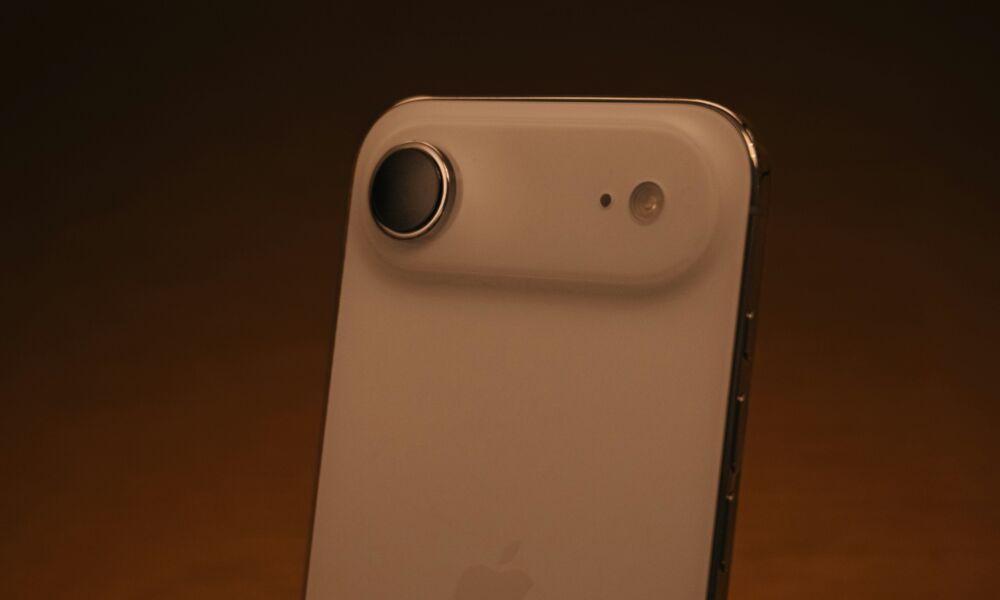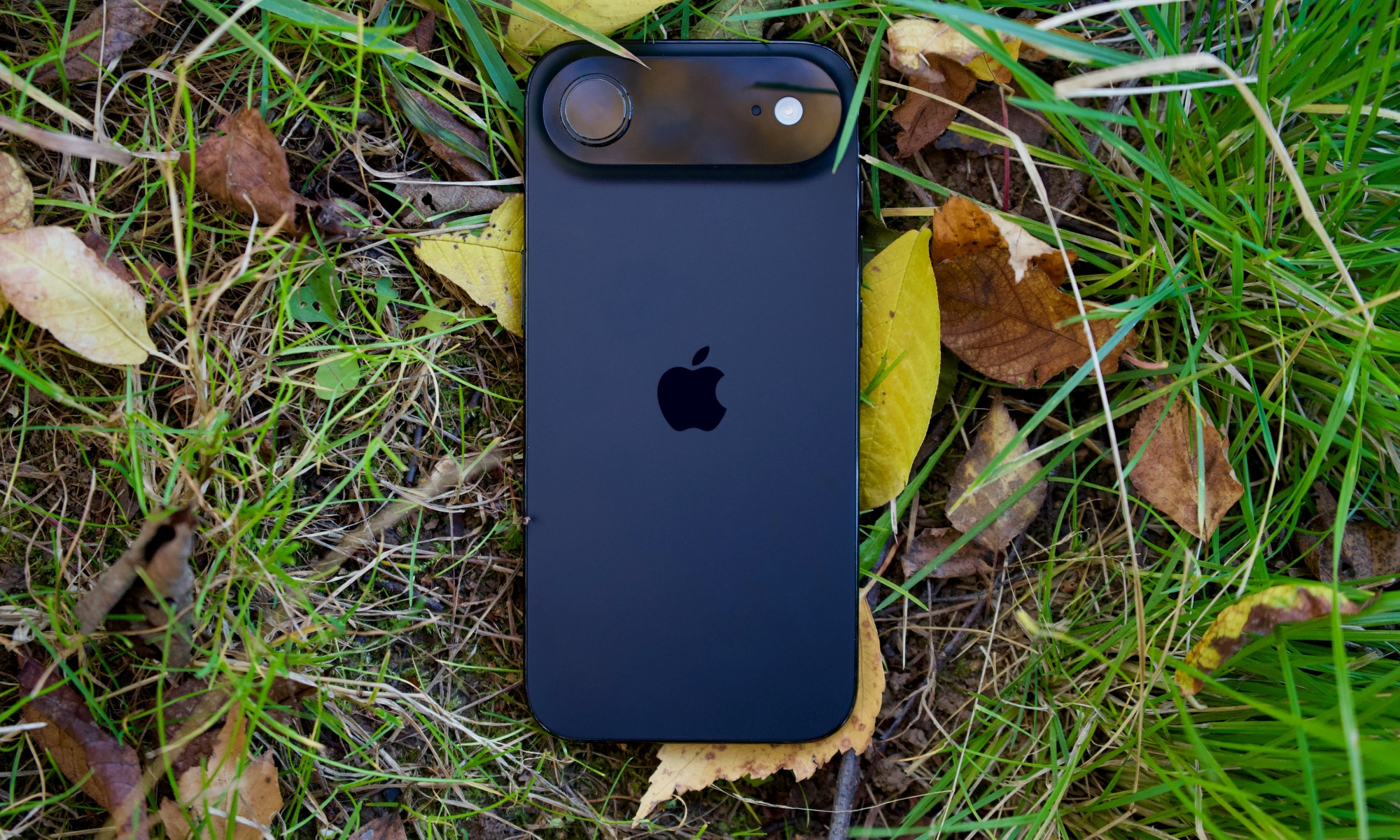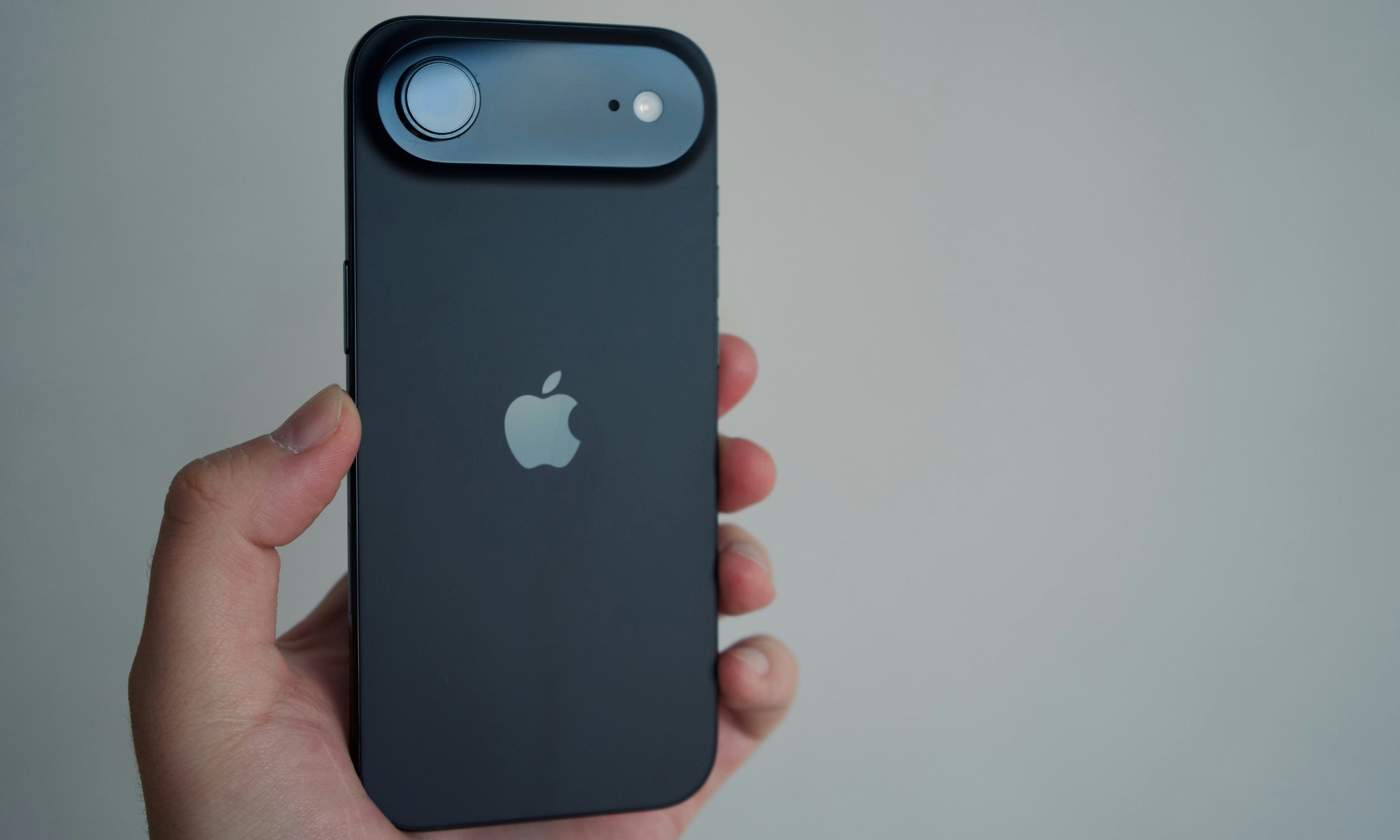The iPhone Air May Not Be Packing Its Bags After All
 Sam Grozyan
Sam Grozyan
Toggle Dark Mode
Last month, Apple introduced one of the most significant shakeups to its iPhone lineup we’ve seen in years, unveiling the new ultra-slim iPhone Air. Unlike previous attempts at a fourth model, which were effectively just size variations of the standard models, the iPhone Air represents a whole new category: svelte yet powerful.
Even from the name, Apple made it clear that this was something different. The new model wasn’t the “iPhone 17 Air” that many had expected, but simply a new, numberless model, seemingly designed to be the progenitor of a whole new family of iPhones.
The iPhone Air is an exciting device with an unusual mix of compromises. An elegant and slim titanium design with the same powerful A19 Pro chip found in Apple’s flagship iPhone 17 Pro models, yet hampered by a single camera and a price tag that puts it close enough to Pro territory to make it the kind of iPhone you really have to think twice about buying.
Unsurprisingly, it wasn’t long before we began hearing speculation among the usual pundits that the new model could be destined for the same fate as the iPhone mini and iPhone Plus. Those models sold poorly enough that Apple didn’t see a point in continuing to produce them, so when several analysts reported last week that Apple had similarly scaled back orders for the iPhone Air, it seems like the writing was on the wall for Apple’s third attempt to change things up.
However, in what could be a glimmer of hope for the iPhone Air, one analyst is swimming against the tide.
The Song Remains the Same
A research note from TD Cowen, reported on by AppleInsider, states that Apple isn’t making any changes to the number of iPhone Air units it will produce this year.
The investment bank, which is a division of TD Securities, said it did “field work” among Apple’s supply chain to confirm that both current builds and iPhone Air forecasts have remained unchanged from Apple’s original orders.
In specific numbers, TD Cowen forecasts that Apple will produce 3 million iPhone Air units in the third calendar quarter of 2025 and 7 million in the fourth calendar quarter — the first three months of 2026.
That’s a stark contrast to what other analysts are saying, where the consensus was that Apple was cutting iPhone Air production to as low as 10% of September’s numbers.
It’s also worth considering that Apple’s initial decision to slash iPhone 12 mini production didn’t come until January 2021, two months after the new model went on sale — and it didn’t hit significant levels until March. If Apple were truly cutting iPhone Air orders less than six weeks after launch, that would be a very bad sign — but the timing alone invites skepticism.
To be clear, the issue here among analysts is whether Apple is cutting orders due to lower-than-expected demand. If TD Cowen’s forecasts are accurate, Apple never expected to sell many iPhone Air units in the first place, as we’re talking about producing 3 million units between now and December 31, which is a fraction of the 79 million iPhone 17, iPhone 17 Pro, and iPhone 17 Pro Max units that Apple’s suppliers are forecasted to produce over the same time period.
What This Means for the iPhone Air
Apple isn’t under any illusions about the iPhone Air’s popularity — it’s a niche device aimed squarely at a certain kind of user. It’s also been quite polarizing — those who have tried it seem to either love it or hate it, while many onlookers criticize it from a distance.
Apple has been similarly pragmatic about the Vision Pro, which saw similarly contradictory reports of scaled-back production — but none of those meant Apple planned to abandon the headset. Apple has a long history of testing the market’s appetite for new product categories before scaling up — and the iPhone Air is different enough to fit that model.
The iPhone mini and iPhone Plus were essentially just smaller and larger versions of the standard 6.1-inch iPhone. The only advantages they offered were greater portability and longer battery life, respectively. The iPhone Air is an entirely different animal — part luxury, part proof of concept — and it’s unlikely Apple won’t give it a bit more time to play out. Sales have also been hampered by a delayed launch in China, where the South China Morning Post reported that pre-orders sold out “within minutes of its launch.” However, it also saw a “subdued customer response” when it finally hit stores the following Wednesday, according to Bloomberg.
Either way, it’s too early to sing the iPhone Air’s swan song. Even the iPhone mini lasted two generations before finally riding off into the sunset, and the Plus made it through three. Even if initial iPhone Air sales are below expectations — which is still up for debate — Apple tends to play the long game.









